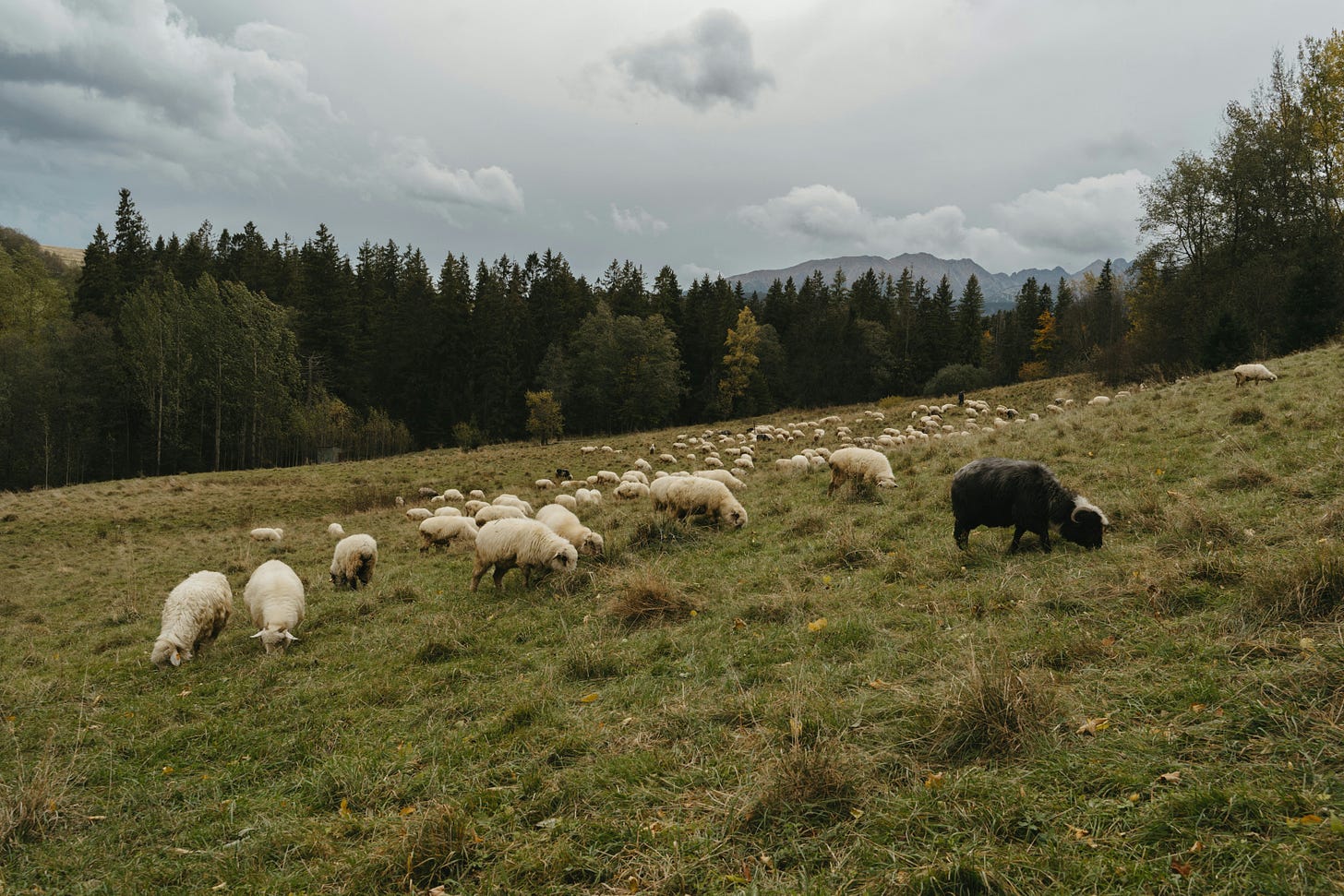The Tragedy of the Social Commons
Or, why individualism is a sin.
In Washington D.C. recently I was leading discussions with people trying to navigate the incredible turbulence in their city. Rapid and destabilising change is happening in other places, of course, but many there feel in the epicentre of events in the US. “Other people can ignore the rending, if it’s not impacting them yet” one person said to me. “We have to live it.”
We began with a time to share our instinctive responses to the sense of rolling polycrisis. Again and again the theme of separation and withdrawal came up. “I just sort of shut down”, one person said. “I don’t have the energy to reach out and connect” said another. “Honestly, I just want to numb out and distract myself, alone”.
This withdrawal from relationships is a human and entirely understandable reaction to tough times. It even has a name, social atrophy. Engaging with others takes energy, and it is harder when we are exhausted. The trouble is, the less we do it, the harder it gets.
Stein Lubrano writes thatIt sounds extreme or flippant to compare our fraying social connections to muscle-wastage but the neuroscience is there: those who are socially isolated for a while lose some of the energy and capability involved in social life. They have smaller amygdalae (useful bits of the brain involved in emotion, reasoning, and memory) and higher stress levels. The more-isolated are more negative and paranoid, and have poor memory and verbal recall (this makes it harder to answer questions, like “what’s new?” and “how’s work?” and “Still seeing that guy with the mustache? What happened?”)
In short, our brains’ most complex and difficult task is also what we do best as a species: socialise. When we don’t socialise very much we quickly get worse at it, and it becomes much more stressful. We soon find it less rewarding, and also may become more bitter, resentful, and anxious about other people’s behavior and motivations. Even if we do trust people, we still find being there with them more mental work. Hence the older folks who developed dementia faster in lockdown: their brains were shrinking…..
This loneliness and isolation makes us die sooner (much sooner!). It also makes communities weaker, more vulnerable in crises and less capable of tolerating diversity. (Remember the paranoia and anxiety about other people’s intentions that comes with social atrophy?) So while I worry about the atrophy of our individual brains, I also worry about social atrophy at another scale: the social fabric between us, which has been shown to be good for our health and good for our ability to tolerate those different to us and help one another in a crisis.1
Again and again, all over the US and since I’ve been home, one phrase keeps coming to my mind: we are each other’s safety. Or we were made to be. Humans are almost absurdly vulnerable, alone. We are as undefended as peeled prawns for so many years after our birth, and if we’re lucky, for long stretches of our later life. The middle years of relative strength and health (if we get them) still do not mean we could easily survive alone. We certainly could not flourish. We are so clearly designed for interdependence, pooling our gifts and resources, having each other’s backs. This is how humans lived for most of history, in small to medium communities which protected each other.
We are made to be each other’s safety.
Keep reading with a 7-day free trial
Subscribe to Fully Alive by Elizabeth Oldfield to keep reading this post and get 7 days of free access to the full post archives.




